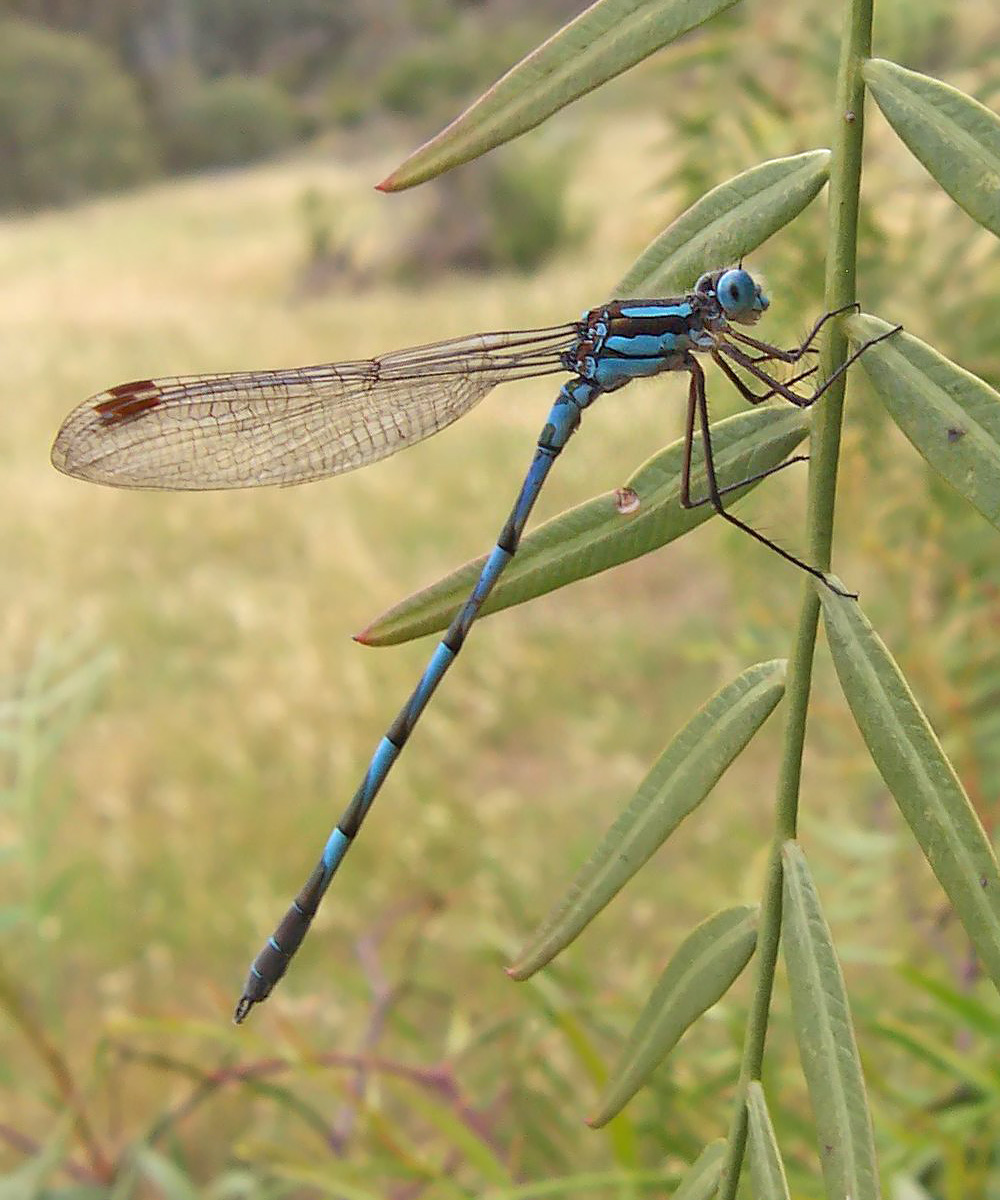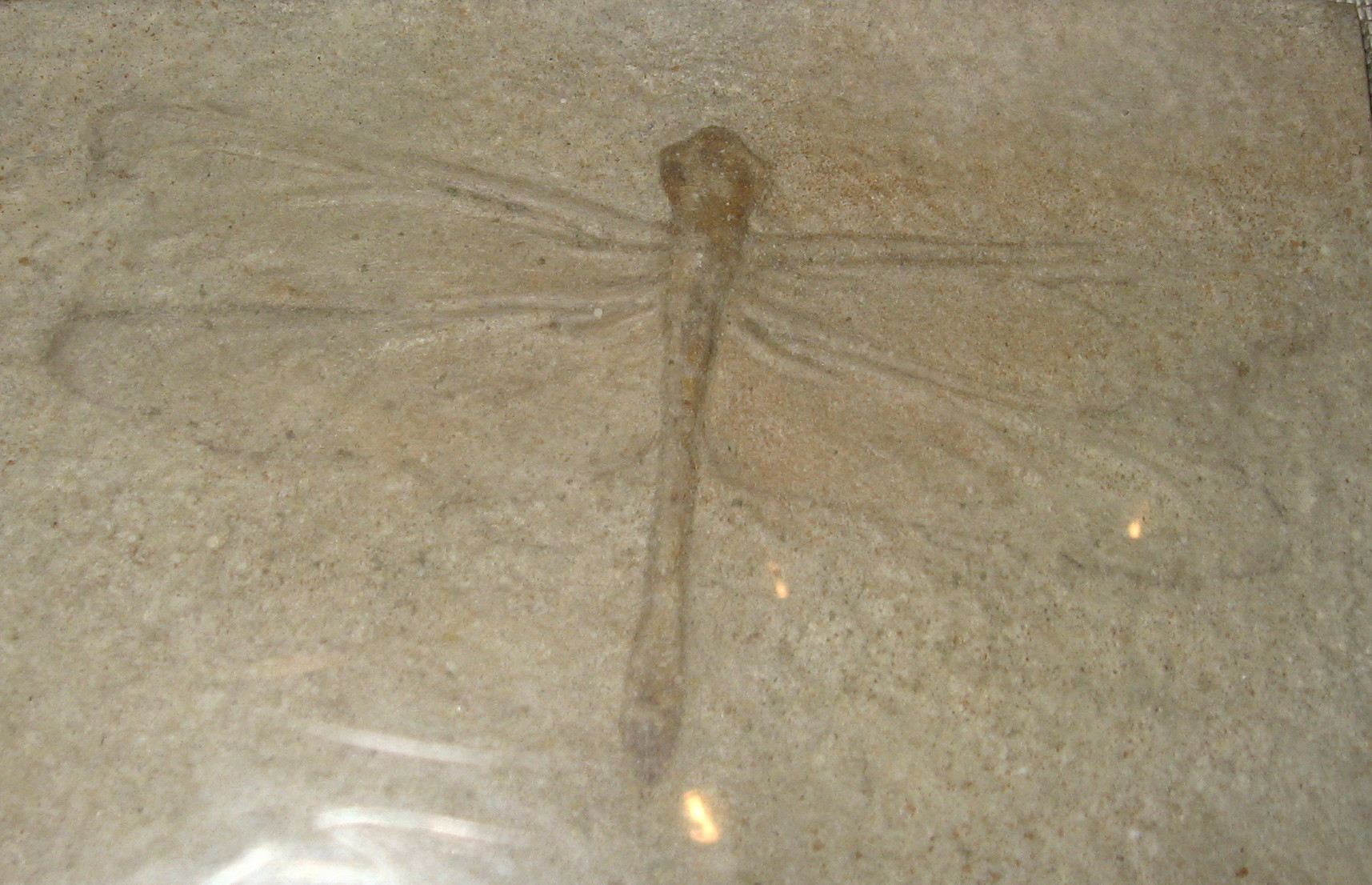|
Giant Petaltail
''Petalura ingentissima'', the giant petaltail, has been described as the world's largest dragonfly, with a wingspan of 160 mm. It is found in Queensland, Australia. Dr R.J. Tillyard described the giant petaltail in 1908. Its species name is derived from the Latin adjective ''ingens'' "huge". It is one of five species in the Australian genus '' Petalura''. A large heavily built dragonfly, the giant petaltail has a black body with some yellow markings. The female's wingspan can be 158–162 mm and body length 125 mm, the largest dragonfly species in overall dimensions although members of the genus '' Tetracanthagyna'' can have longer wings and ''Chlorogomphus papilio'' a larger wing area. Measuring 5.9-6.3 cm long, the larvae are unusual in that they live in burrows along the river margin and hunt passing prey. Gallery Giant Petaltail 3A8593.jpg, Female at Tully Gorge, Queensland 013323996 Petalura ingentissima dorsal.jpg, Type specimen, male, held at the N ... [...More Info...] [...Related Items...] OR: [Wikipedia] [Google] [Baidu] |
Robert John Tillyard
Robert "Robin" John Tillyard Fellow of the Royal Society, FRS (31 January 1881 – 13 January 1937) was an English–Australian entomology, entomologist and geologist. Early life and education Tillyard was the son of J. J. Tillyard and his wife Mary Ann Frances, née Wilson and was born at Norwich, Norfolk. He was educated at Dover College and intended to enter the army but was rejected on account of having suffered from rheumatism. He won a scholarship for classics at University of Oxford, Oxford and another for mathematics at University of Cambridge, Cambridge, and decided to go to Queens' College, Cambridge. He graduated senior optime in 1903. He went to Australia in 1904 and was appointed second mathematics and science master at Sydney Grammar School. While working as a science master Tillyard found time to publish extensively on dragonflies. After nine years with Sydney Grammar School, he resigned and undertook a research degree in biology at University of Sydney, Sydney U ... [...More Info...] [...Related Items...] OR: [Wikipedia] [Google] [Baidu] |
Chlorogomphus
''Chlorogomphus'' is an Asian genus of dragonflies A dragonfly is a flying insect belonging to the infraorder Anisoptera below the order Odonata. About 3,000 extant species of dragonflies are known. Most are tropical, with fewer species in temperate regions. Loss of wetland habitat threate ... in the family Chlorogomphidae. The genus contains the following species: References Chlorogomphidae Anisoptera genera Taxa named by Edmond de Sélys Longchamps Insects described in 1854 Taxonomy articles created by Polbot {{dragonfly-stub ... [...More Info...] [...Related Items...] OR: [Wikipedia] [Google] [Baidu] |
Endemic Fauna Of Australia
Endemism is the state of a species being found only in a single defined geographic location, such as an island, state, nation, country or other defined zone; organisms that are indigenous to a place are not endemic to it if they are also found elsewhere. For example, the Cape sugarbird is found exclusively in southwestern South Africa and is therefore said to be ''endemic'' to that particular part of the world. An endemic species can also be referred to as an ''endemism'' or, in scientific literature, as an ''endemite''. Similarly, many species found in the Western ghats of India are examples of endemism. Endemism is an important concept in conservation biology for measuring biodiversity in a particular place and evaluating the risk of extinction for species. Endemism is also of interest in evolutionary biology, because it provides clues about how changes in the environment cause species to undergo range shifts (potentially expanding their range into a larger area or becomin ... [...More Info...] [...Related Items...] OR: [Wikipedia] [Google] [Baidu] |
Odonata Of Australia
Odonata is an order of predatory flying insects that includes the dragonflies and damselflies (as well as the '' Epiophlebia'' damsel-dragonflies). The two major groups are distinguished with dragonflies (Anisoptera) usually being bulkier with large compound eyes together and wings spread up or out at rest, while damselflies (suborder Zygoptera) are usually more slender with eyes placed apart and wings folded together along body at rest. Adult odonates can land and perch, but rarely walk. All odonates have aquatic larvae called naiads or nymphs, and all of them, larvae and adults, are carnivorous and are almost entirely insectivorous, although at the larval stage they will eat anything that they can overpower, including small fish, tadpoles, and even adult newts. The adults are superb aerial hunters and their legs are specialised for catching prey in flight. Odonata in its narrow sense forms a subgroup of the broader Odonatoptera, which contains other dragonfly-like insects. ... [...More Info...] [...Related Items...] OR: [Wikipedia] [Google] [Baidu] |
Petaluridae
The petaltails of the family Petaluridae are among the most ancient of the extant true dragonfly, dragonflies (infraorder Anisoptera), having fossil members from as early as the Jurassic, over 150 million years ago. A 2024 molecular phylogeny found that the petaltails comprise two Clade, clades, a Gondwana, Gondwanan clade and a Laurasia, Laurasian clade. Their Divergence time estimation, divergence time was estimated at 160 million years ago. Modern petalurids include only 11 species, one of which, the Australian ''Petalura ingentissima'', is by some measurements the largest of living dragonflies, having a wingspan of up to about and a body length of about (''Tetracanthagyna plagiata'' of another family can match or exceed its wingspan). Another large Australian species is ''Petalura gigantea'', commonly known as the giant dragonfly. In the United States, two species are found, ''Tanypteryx hageni'' in the west and ''Tachopteryx thoreyi'' in the east. The larvae live primarily ... [...More Info...] [...Related Items...] OR: [Wikipedia] [Google] [Baidu] |
List Of Odonata Species Of Australia
This is a list of species of damselflies and dragonflies recorded in Australia. Common names of species are linked, beside their scientific names. The list is split into two groups: damselflies (suborder Zygoptera) and other dragonflies (infraorder Anisoptera). Those groups are organized in Taxonomic rank, Families and then Genera and Species. Zygoptera (damselflies) Argiolestidae genus: ''Archiargiolestes '' :*Archiargiolestes parvulus, Midget flatwing, ''Archiargiolestes parvulus '' :*Archiargiolestes pusillissimus, Tiny flatwing, ''Archiargiolestes pusillissimus '' :*Archiargiolestes pusillus, Little flatwing, ''Archiargiolestes pusillus '' genus: ''Austroargiolestes '' :*Austroargiolestes alpinus, New England flatwing, ''Austroargiolestes alpinus '' :*Austroargiolestes amabilis, Flame flatwing, ''Austroargiolestes amabilis '' :*Austroargiolestes aureus, Tropical flatwing, ''Austroargiolestes aureus '' :*Austroargiolestes brookhousei, Barrington flatwing, ''Austroargiol ... [...More Info...] [...Related Items...] OR: [Wikipedia] [Google] [Baidu] |
Natural History Museum, London
The Natural History Museum in London is a museum that exhibits a vast range of specimens from various segments of natural history. It is one of three major museums on Exhibition Road in South Kensington, the others being the Science Museum (London), Science Museum and the Victoria and Albert Museum. The Natural History Museum's main frontage, however, is on Cromwell Road. The museum is home to life and earth science specimens comprising some 80 million items within five main collections: botany, entomology, mineralogy, palaeontology and zoology. The museum is a centre of research specialising in Taxonomy (biology), taxonomy, identification and conservation. Given the age of the institution, many of the collections have great historical as well as scientific value, such as specimens collected by Charles Darwin. The museum is particularly famous for its exhibition of dinosaur skeletons and ornate architecture—sometimes dubbed a ''cathedral of nature''—both exemplified by the ... [...More Info...] [...Related Items...] OR: [Wikipedia] [Google] [Baidu] |
Type Specimen
In biology, a type is a particular wikt:en:specimen, specimen (or in some cases a group of specimens) of an organism to which the scientific name of that organism is formally associated. In other words, a type is an example that serves to anchor or centralizes the defining features of that particular taxon. In older usage (pre-1900 in botany), a type was a taxon rather than a specimen. A taxon is a scientifically named grouping of organisms with other like organisms, a set (mathematics), set that includes some organisms and excludes others, based on a detailed published description (for example a species description) and on the provision of type material, which is usually available to scientists for examination in a major museum research collection, or similar institution. Type specimen According to a precise set of rules laid down in the International Code of Zoological Nomenclature (ICZN) and the ''International Code of Nomenclature for algae, fungi, and plants'' (ICN), the ... [...More Info...] [...Related Items...] OR: [Wikipedia] [Google] [Baidu] |
Tetracanthagyna
''Tetracanthagyna'' is an Asian genus of dragonflies in the family Aeshnidae. '' T. plagiata'' is the world's largest dragonfly by wingspan and the female ''T. plagiata'' is probably the heaviest living odonate. The genus contains the following species: *'' Tetracanthagyna bakeri'' *'' Tetracanthagyna brunnea'' *'' Tetracanthagyna degorsi'' *''Tetracanthagyna plagiata The giant hawker (''Tetracanthagyna plagiata'') or the gigantic riverhawker, is a species of dragonfly in the family Aeshnidae. It is found throughout Sundaland, having been recorded on Thailand, Peninsular Malaysia, Singapore, Sumatra, and Born ...'' – giant hawker *'' Tetracanthagyna waterhousei'' – giant river hawker References Aeshnidae Anisoptera genera Taxa named by Edmond de Sélys Longchamps {{Aeshnidae-stub ... [...More Info...] [...Related Items...] OR: [Wikipedia] [Google] [Baidu] |
Dragonfly
A dragonfly is a flying insect belonging to the infraorder Anisoptera below the order Odonata. About 3,000 extant species of dragonflies are known. Most are tropical, with fewer species in temperate regions. Loss of wetland habitat threatens dragonfly populations around the world. Adult dragonflies are characterised by a pair of large, multifaceted, compound eyes, two pairs of strong, transparent wings, sometimes with coloured patches, and an elongated body. Many dragonflies have brilliant iridescent or metallic colours produced by structural coloration, making them conspicuous in flight. An adult dragonfly's compound eyes have nearly 24,000 ommatidia each. Dragonflies can be mistaken for the closely related damselflies, which make up the other odonatan infraorder ( Zygoptera) and are similar in body plan, though usually lighter in build; however, the wings of most dragonflies are held flat and away from the body, while damselflies hold their wings folded at rest, al ... [...More Info...] [...Related Items...] OR: [Wikipedia] [Google] [Baidu] |
Petalura
''Petalura'' is a genus of very large dragonflies in the family Petaluridae. Species of ''Petalura'' are brown or black with yellow markings and usually clear wings. The anal appendages of the males are broad and leaf-like giving them their common name of petaltails. They are endemic to south-western and eastern Australia. Species The genus includes the following species: *''Petalura gigantea'' - South-eastern petaltail *'' Petalura hesperia'' - Western petaltail *''Petalura ingentissima ''Petalura ingentissima'', the giant petaltail, has been described as the world's largest dragonfly, with a wingspan of 160 mm. It is found in Queensland, Australia. Dr R.J. Tillyard described the giant petaltail in 1908. Its species name ...'' - Giant petaltail *'' Petalura litorea'' - Coastal petaltail *'' Petalura pulcherrima'' - Beautiful petaltail References {{Taxonbar, from=Q2793038 Petaluridae Anisoptera genera Odonata of Australia Endemic fauna of Australia Taxa ... [...More Info...] [...Related Items...] OR: [Wikipedia] [Google] [Baidu] |
Latin
Latin ( or ) is a classical language belonging to the Italic languages, Italic branch of the Indo-European languages. Latin was originally spoken by the Latins (Italic tribe), Latins in Latium (now known as Lazio), the lower Tiber area around Rome, Italy. Through the expansion of the Roman Republic, it became the dominant language in the Italian Peninsula and subsequently throughout the Roman Empire. It has greatly influenced many languages, Latin influence in English, including English, having contributed List of Latin words with English derivatives, many words to the English lexicon, particularly after the Christianity in Anglo-Saxon England, Christianization of the Anglo-Saxons and the Norman Conquest. Latin Root (linguistics), roots appear frequently in the technical vocabulary used by fields such as theology, List of Latin and Greek words commonly used in systematic names, the sciences, List of medical roots, suffixes and prefixes, medicine, and List of Latin legal terms ... [...More Info...] [...Related Items...] OR: [Wikipedia] [Google] [Baidu] |






